Features: Hounds of War
Posted on : 29-08-2011 | By : Cacophanus | In : Features
Hardware: Xbox, Xbox 360
7
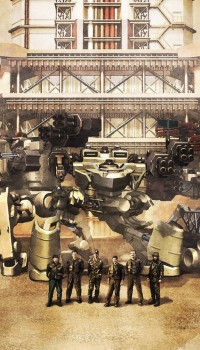 Back in 2001 From Software announced their support for Microsoft’s first foray into the console market. With games like Murakumo and Gaia Blade many of the Japanese press and public regarded the Xbox as a possible contender, after all this was a staunch Japanese developer making games for an American console. The thing was that whilst Murakumo was available shortly after the Xbox’s release in Japan, Gaia Blade disappeared into insignificance.
Back in 2001 From Software announced their support for Microsoft’s first foray into the console market. With games like Murakumo and Gaia Blade many of the Japanese press and public regarded the Xbox as a possible contender, after all this was a staunch Japanese developer making games for an American console. The thing was that whilst Murakumo was available shortly after the Xbox’s release in Japan, Gaia Blade disappeared into insignificance.
The promotional in-game movie for Gaia Blade that was shown at the 2001 Tokyo Game Show displayed a rather lush “real time simulation” RPG set in a mythical almost ancient Greek inspired landscape. A scantily clad female warrior dispensed with multiple beasts in a pretty brutal fashion.
Roll forward a year to the following Tokyo Game Show and now people were asking what had happened to Gaia Blade. This time there weren’t any in-game movies but instead a few instances of pre-production artwork. Again, set in the mythical world but now with bipedal mecha and the game’s name had been changed to that of Gaia Gear. Admittedly, very few were surprised to see mecha in a From Software game but they were confused after seeing in-game footage of what looked to be an entirely different type of game. The question on everybody’s lips was what in the hell was From Software doing?
A year later a game finally appeared, the name had changed yet again as had the setting but the same design of bi-pedal mecha were present; the world had finally been introduced to Chrome Hound: Age of Arms.
 The reason behind some of the delay and the navel gazing prevarication was that Chrome Hound was going to be From Software’s first major foray into the world of online gaming via Xbox Live (the likes of Thousand Land doesn’t really count here, after all it wasn’t very online intensive). They had waited until the moment was right and that moment was when Kenichiro Tsukuda finished Armored Core 3 Silent Line.
The reason behind some of the delay and the navel gazing prevarication was that Chrome Hound was going to be From Software’s first major foray into the world of online gaming via Xbox Live (the likes of Thousand Land doesn’t really count here, after all it wasn’t very online intensive). They had waited until the moment was right and that moment was when Kenichiro Tsukuda finished Armored Core 3 Silent Line.
Tsukuda was the first producer at From Software to attempt a game that utilised online gaming via a console. That game was Frame Gride and the console in question was that of the mighty Dreamcast. Unfortunately, Frame Gride wasn’t exactly the best of games and when it competed with the likes of Virtual On Oratorio Tangram, which also had a dedicated online service, it fell a little short of the mark.
However, Tsukuda’s work hadn’t gone unnoticed and he was subsequently asked to helm Armored Core 2. It wasn’t long until these games utilised USB modem versus, allowing players to directly dial one another and play over the phone (at an exorbitant cost we should add). It was also around this time that the existence of Armored Core Sigma was leaked, effectively a PlayOnline Armored Core game that would feature a battlefield comprised of human piloted AC’s with an operator overseeing each faction.
As such, when Chrome Hounds finally took its final form in the pre-production stages that it was only logical that they use the most experienced man for the job. At the 2003 Tokyo Game Show Tsukuda stood on the stage and showed the world what From Software had been working on.
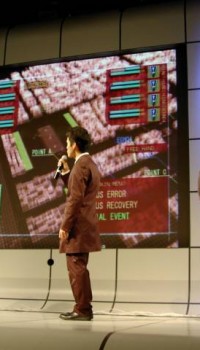 Chrome Hound was a game where two teams of five players entered a battle zone and attempted to wipe each other out. On each side there was also a fixed commander (in a bunker or some such) that gave tactical instructions to the four other players. From the off it was clear that Chrome Hound was going to be an involved online experience. Visually it looked very similar to that of Steel Battalion too but due to the absence of the huge controller it was obvious that the game would be playable by mere mortals.
Chrome Hound was a game where two teams of five players entered a battle zone and attempted to wipe each other out. On each side there was also a fixed commander (in a bunker or some such) that gave tactical instructions to the four other players. From the off it was clear that Chrome Hound was going to be an involved online experience. Visually it looked very similar to that of Steel Battalion too but due to the absence of the huge controller it was obvious that the game would be playable by mere mortals.
Punters even got a chance to play the game in online multiplayer matches. The game received positive press and it seemed that finally the Japanese public would be interested in buying some of these new fangled Xboxes.
Then, in the almost three year long tradition, the game disappeared yet again. Releases dates never came and the press machine lost interest. It seemed that Chrome Hound had entered production hell never to be seen again.
It wasn’t until mid-2004 that Microsoft announced that a game called “Chrome Hounds” would be appearing on the upcoming console, the Xbox 360. The game looked like a severely upgraded version of its Xbox progenitor and it appeared that somehow SEGA was now involved. It wasn’t until the following year’s Tokyo Game Show that the curtain would be finally pulled back and people would finally see what the hell had been going on.
Re-birth and release
A lot changed from the Xbox version that Tsukuda displayed in 2003, for one the production team was completely different. Tsukuda was no longer helming or associated with the project and instead it was given to Toshifumi Nabeshima to oversee, this is hardly surprising given the fact that Nabeshima is one of the founding fathers of From Software’s prestigious mecha gaming reputation. Moreover, an entirely new branch of From Software had come into view, in the form of From Networks. The underlying networking was so intensive that it had to be farmed out to the newly formed sister company. This alone boded well for the quality of the networking infrastructure; clearly, they wanted to get Chrome Hounds playing flawlessly online at launch.
The other big change in terms of management was the presence of SEGA as publisher. Normally, From Software handled all their own publishing, which is also one of the main reasons why their games have had a hard time leaving the Japanese marketplace (From Software lack any branches abroad, making it difficult to directly publish their games in other regions).
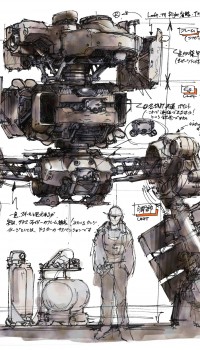 SEGA are very much a global company and couple this with the whole From Networks setup it’s clear to see that Chrome Hounds would be a globally online game. All of these elements coalesced into a unified online setup that would use dedicated servers hosted by SEGA. Ultimately, it was this uncompromising approach to the game’s online infrastructure that in part lead to its eventual downfall.
SEGA are very much a global company and couple this with the whole From Networks setup it’s clear to see that Chrome Hounds would be a globally online game. All of these elements coalesced into a unified online setup that would use dedicated servers hosted by SEGA. Ultimately, it was this uncompromising approach to the game’s online infrastructure that in part lead to its eventual downfall.
At the time, Chrome Hounds was a game moving into uncharted territory as the bulk of its content and worth depended on its online community. So it’s hardly surprising prior to its release, the gaming press had a field day. Put simply, the offline singleplayer element was nothing more than a glorified training mode.
Due to the fact the game lacked a community at that time meant that the offline component was the only part of the game that could be really appraised. Unsurprisingly the reviews were far from glowing. However, for those that were curious Chrome Hounds ended up offering something unique and wonderfully well crafted.
The Neroimus War
Chrome Hounds was set in the semi-near future where solar flares had rendered flight impossible as well as any form of space travel. Knocking out all communication and surveillance satellites, the world was thrust into a ground based existence. A new breed of weapon was developed; a large customisable mecha with various types of locomotion available. Colloquially known as Hounds, these mecha would form the backbone of almost any engagement.
What made Chrome Hounds so very special though was its approach to a persistent online battleground. Dubbed the Neroimus War, the player picked one of three sides; Morskoj, SalKar and Tarakia. Each battle won or lost would change the map of the war and eventually one side would win. This meant that players were part of something larger and could see, however slight, their effect on the battlefield.
Each battle comprised of opposing teams of Hounds, with their respective bases that needed defending or destroying. Crossing each map also required players to capture command towers. These would not only allow players to talk with one another once captured but also increase the viewable range of their commander. The latter was a crucial element to how the game worked, as it was necessary to have a tactically minded commander that could see the big picture and give instructions clearly to their teammates.
Unlike the original Xbox game, the commander was actually another specially equipped Hound also on the battlefield. Whilst it could equip weapons, the weight of the command apparatus limited the firepower quite a bit. This forced the commander to often take a back seat role in combat and instead focus on how the battle itself was playing out. Due to the fact that most Hounds were relatively slow ground pounders, the emphasis on good team tactics was subsequently very high. Woe betide any gung-ho fool that ran into the thick of combat without paying heed to the instructions of their commander.
Modular Customisation
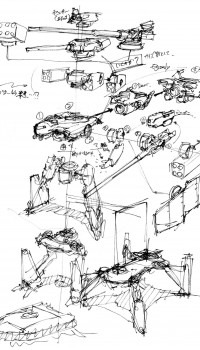 Another major aspect to the game was its approach to the building and customisation of your Hound. In some ways, the customisation in Chrome Hounds was similar to Armored Core, which is hardly surprising really. However, whilst it based the building of each Hound around fixed categories (such as core, legs, arms, generator etc.) the means by which you combined them was very different.
Another major aspect to the game was its approach to the building and customisation of your Hound. In some ways, the customisation in Chrome Hounds was similar to Armored Core, which is hardly surprising really. However, whilst it based the building of each Hound around fixed categories (such as core, legs, arms, generator etc.) the means by which you combined them was very different.
Working within a weight limit you could create all manner of Hound configurations, using spacers and armor parts. There weren’t any real restrictions on how and were you could put things. It was a remarkable system and offered an enormous amount of freedom to the player.
It wasn’t uncommon to meet another Hound on the battlefield sporting all manner of bizarre configurations, with armor plates placed in front of the cockpit through careful use of spacers and extended mechanical proboscae of weapons teetering off at odd angles. It really was a wonderful approach to mecha creation and customisation. The overall parts list was also pretty substantial too, meaning that on top of the freedom player’s had in constructing their Hound they also had a large choice of parts to pick from. Whilst many rightfully hold Chrome Hounds’ online setup in high regard, the hound customisation was equally as progressive.
Shutdown and Legacy
On January 6th 2010 SEGA shut down Chrome Hounds’ dedicated servers, effectively ripping the heart out of the game. Whilst you can still buy the game, playing the offline training missions is a pretty depressing endeavour after what was arguably one of the most refreshing online multiplayer setups of recent years.
That said Chrome Hounds’ troubled birth and untimely death have borne fruit across other games though. For instance the massive “unidentified weapons” in the form of the M99 Patriot, MSK-X0 and Ghalib, were in many ways precursors to the epic Arms Forts seen in Armored Core For Answer. In addition the whole approach to a commander overseeing a battlefield made up of real human players has also made its way into Armored Core V, with its new operator role.
Maybe if SEGA had managed to handle the reviews better, allowing the press to see the game within some form of closed beta and having some people to play with online, then Chrome Hounds might have gotten off to a better start. Unfortunately, without decent sales and subsequent pickup of the numerous DLC packs the dedicated servers were ultimately going to be Chrome Hounds’ greatest asset but also instrumental in its downfall. If anything Chrome Hounds was sadly before its time, as now its approach to online multiplayer might have been appreciated more. Either way, Chrome Hounds was in many aspects a revolutionary game and despite its apparent failure, its legacy continues to this day.
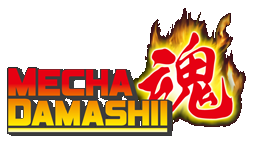
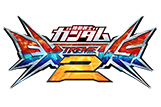
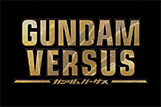
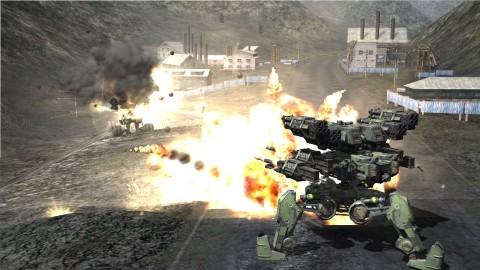
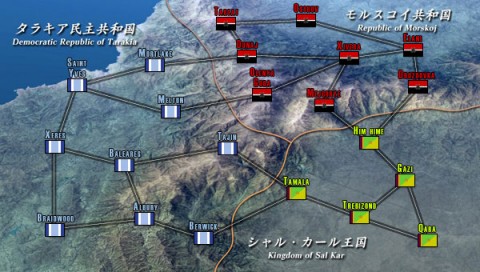
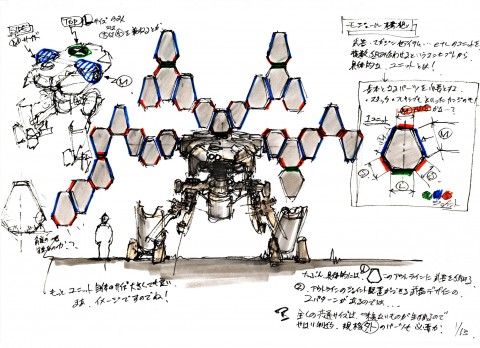








Chromehounds was nice but I wouldn’t call it great.The environments were sparse (a notable trend in From Software games),the assembly system was prone to abuse (cock blocking),and while I generally lift my nose at anyone who complains a game is “too slow” I do have to to admit that the weight to speed ratio seemed skewed.A smaller nitpick that got to me was that the heavy gunner role felt underdeveloped when it came to the mechanics involved or more precisely the lack there of, using only your eyes and your misses to judge where to aim was jarring in immersive sense (they have giant robots but no laser range finders or even an reticle on the screen to give some form of estimation of where to aim) and felt like an after thought.As usual,From Software had a pretty cool idea but failed to apply the extra level of polish that would push the game to greatness.
You know, actually there was a method to know how to shoot being a heavy gunner. Every 300 units that you raise the barrel, it means that the shot could travel one square on the map (as I remember). That’s how very skilled squads managed to defeat the secret weapons.
Now on topic, the game was very good, but as Greg said it wasn’t “great”. I hope ACV gets a better start as a succesor of AC series and ChromeHounds, that way we may be in presence of an evolution in terms of mech games’ fan base.
MAAAAAAAAAAAAAAAN.
I saw this update and thought a new Chrome Hounds was announced. D”:
Thanks a lot for the write-up, this was extremely interesting!
Seeing that the new Steel Battalion is apparently being made by the former Chrome Hounds team, I wonder if any of the interesting team dynamics of Chrome Hounds will make their way into the new game.
(I also wonder what that team has been up for the last five years…)
I Still hope 10 years latter a CH II on XB1 …. I don’t understand why they wont make it …
It simply didn’t sell enough to warrant a sequel, sadly.
Guy’s we dont have CH II but Crossout is very very nice more Mad Max univers but we can build tools of destruction